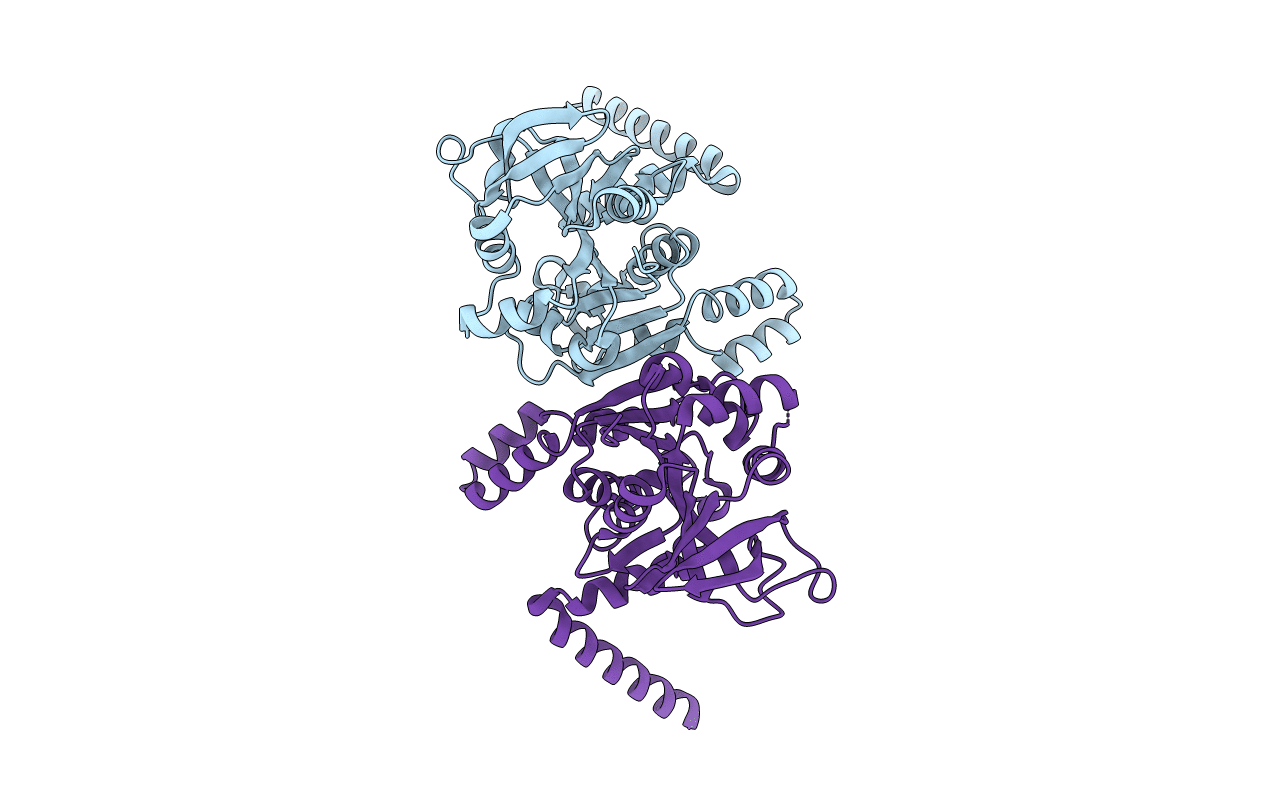
Deposition Date
2020-11-25
Release Date
2021-02-10
Last Version Date
2024-11-20
Entry Detail
PDB ID:
7B1R
Keywords:
Title:
Crystal structure of B. subtilis glucose-1-phosphate uridylyltransferase YngB
Biological Source:
Source Organism:
Bacillus subtilis subsp. subtilis str. 168 (Taxon ID: 224308)
Host Organism:
Method Details:
Experimental Method:
Resolution:
2.80 Å
R-Value Free:
0.24
R-Value Work:
0.19
R-Value Observed:
0.19
Space Group:
I 21 21 21


